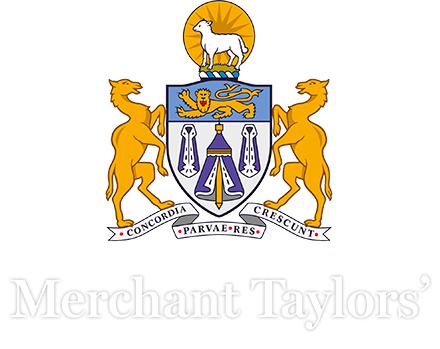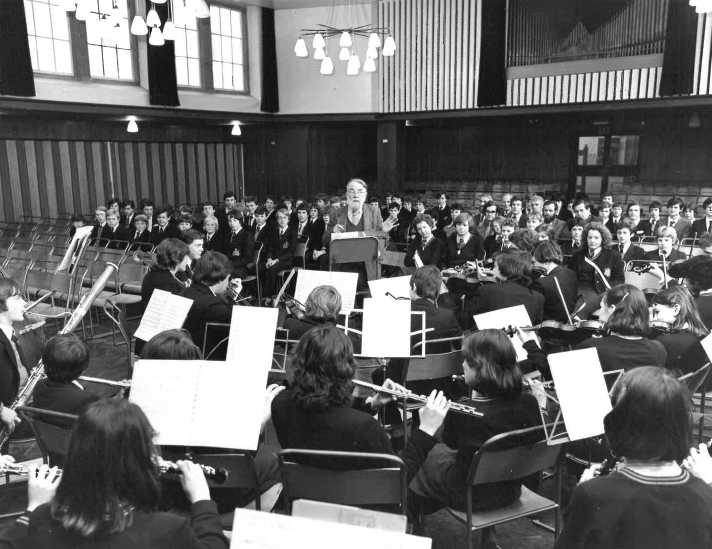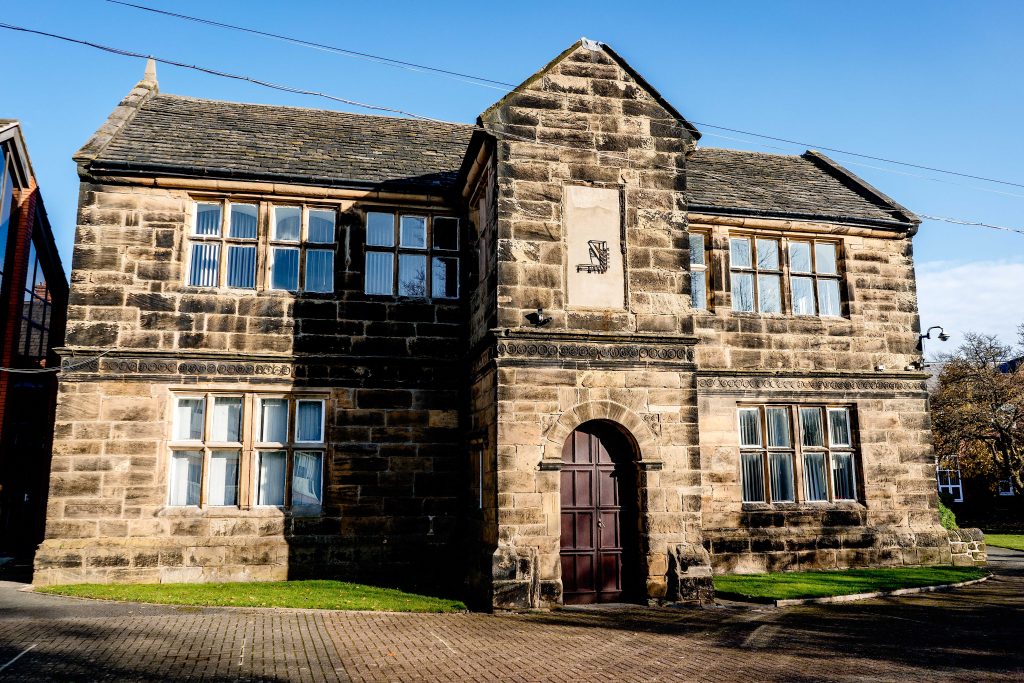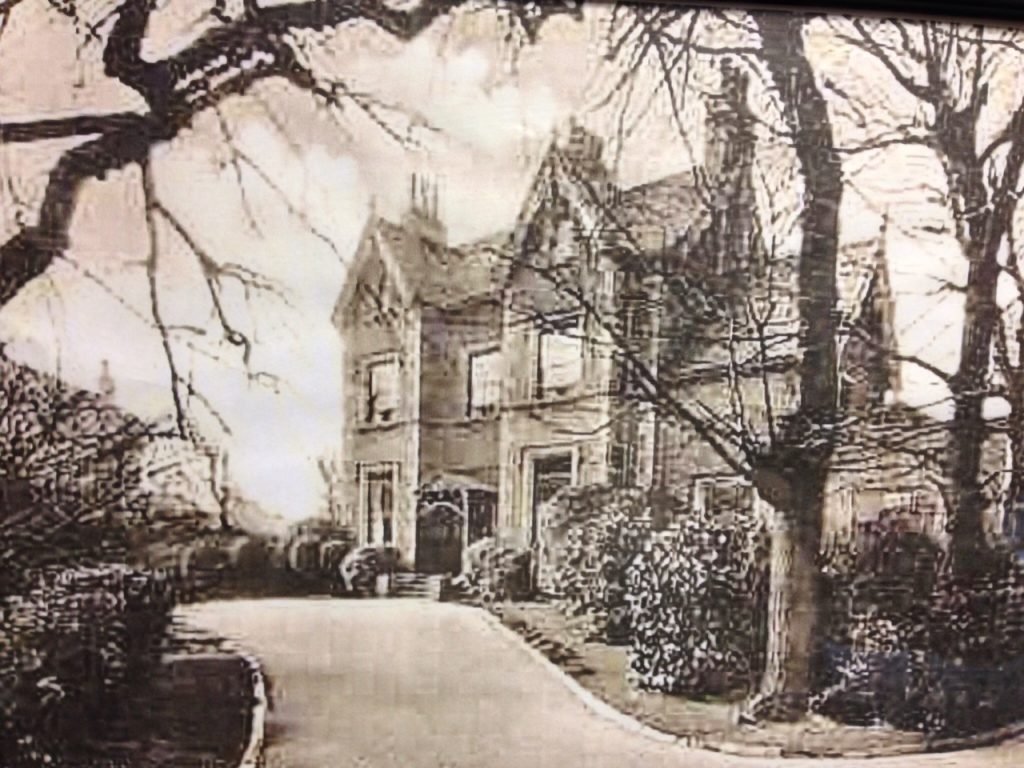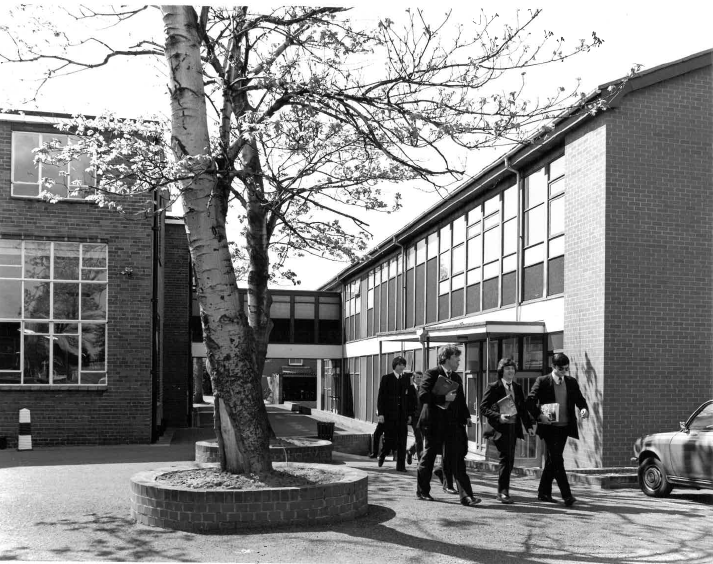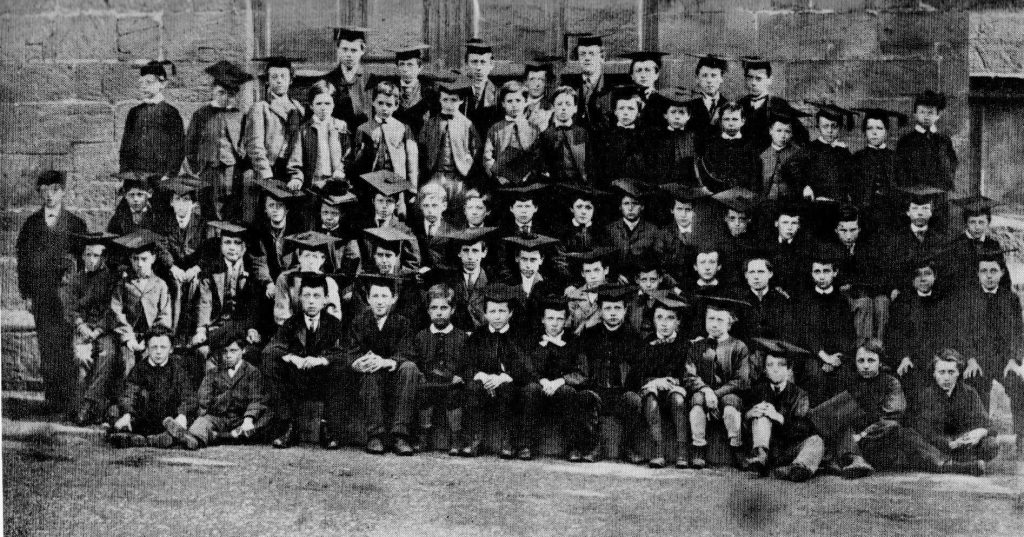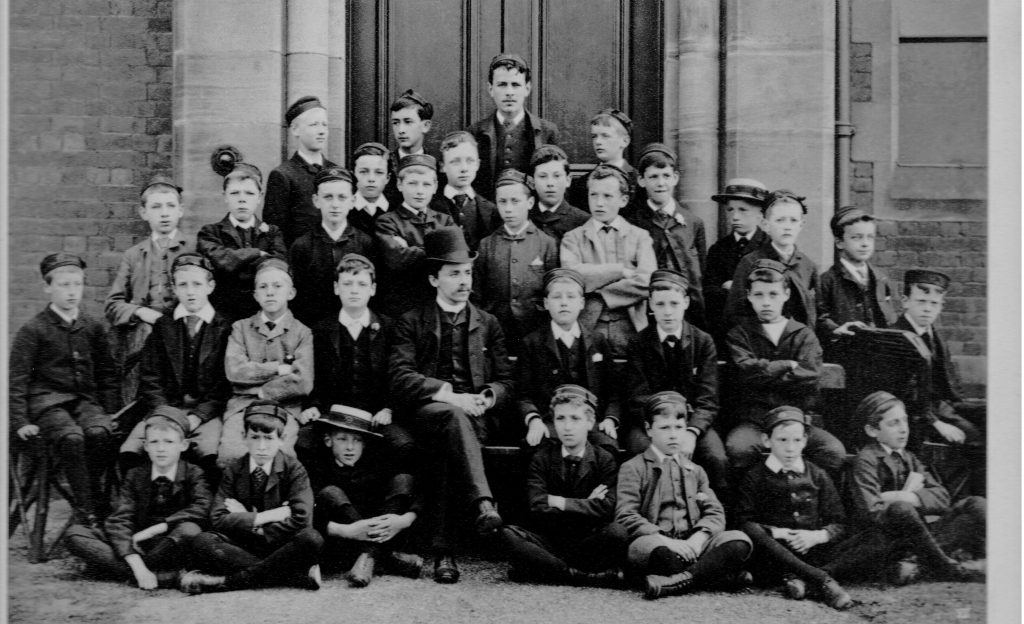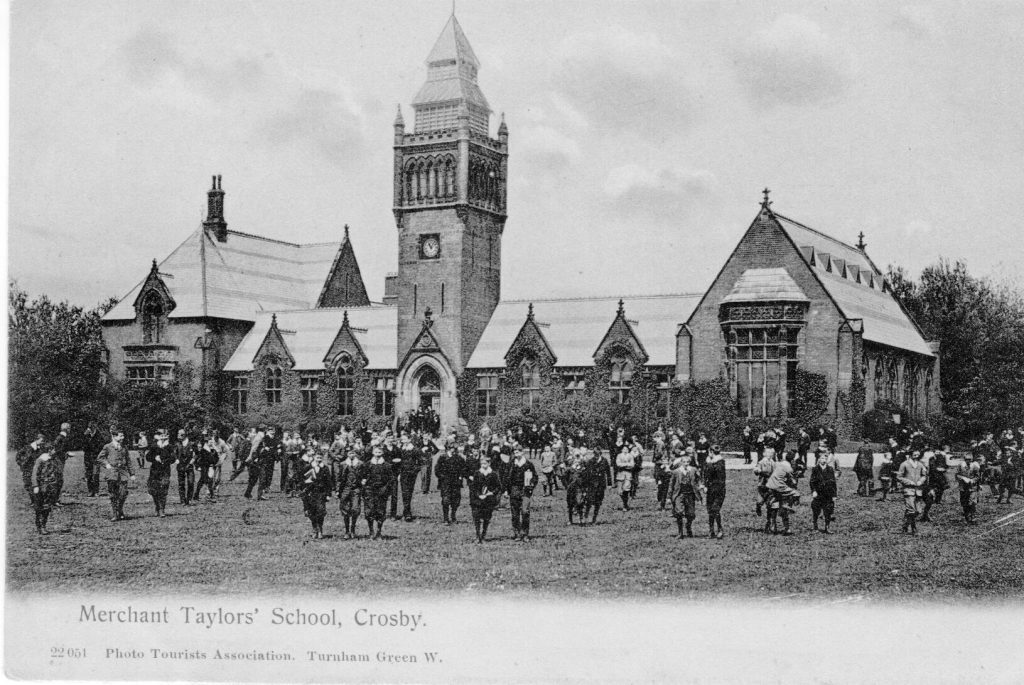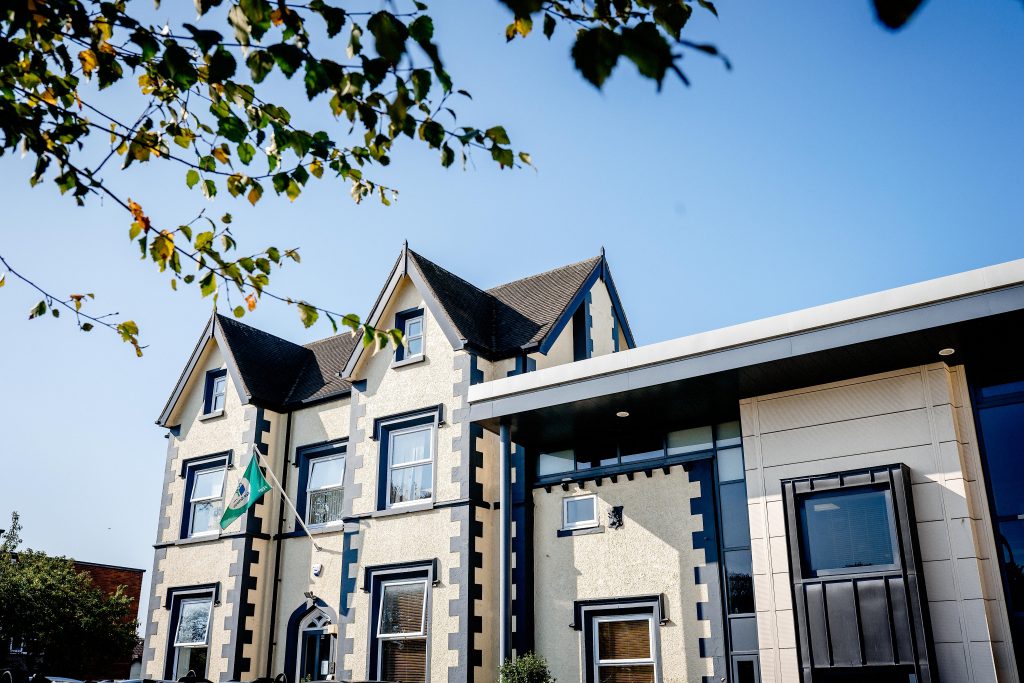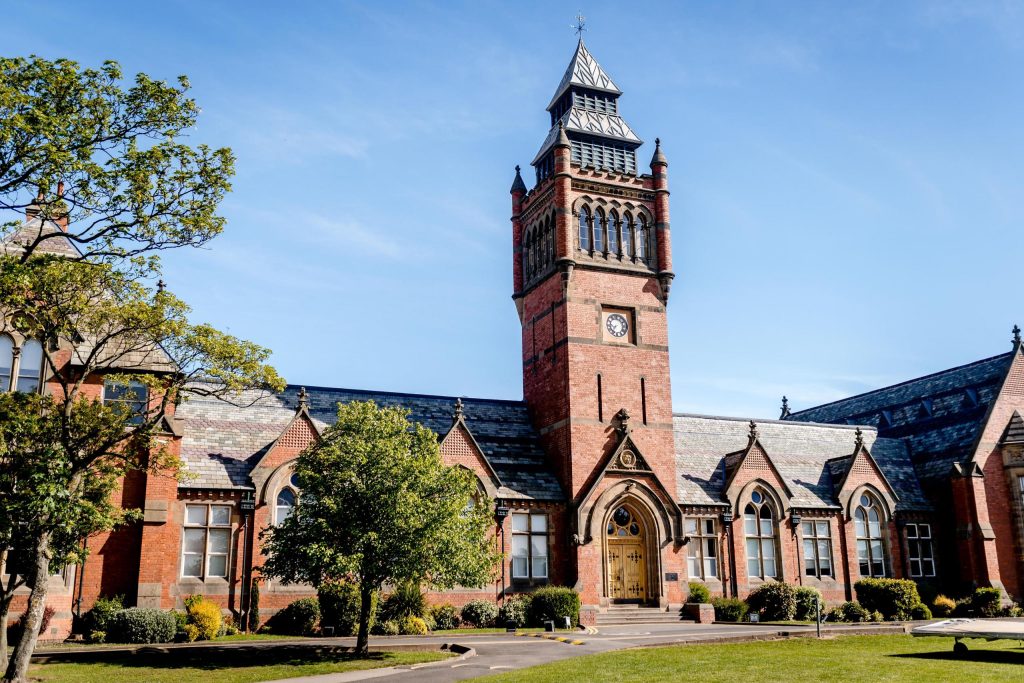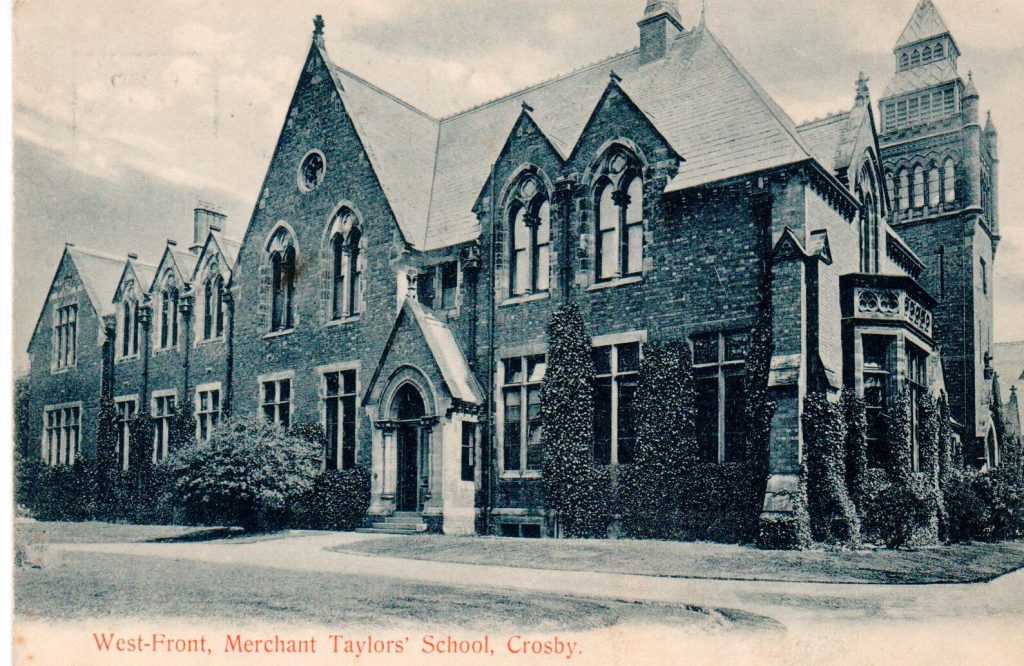Our History
The Merchant Taylors’ School in Crosby, Merseyside was founded in 1620 by John Harrison, citizen and Merchant Taylor of London.
Did you know:
1878 – Boys’ School moves to current site
1888 – Girls’ School founded on 1620 site
1915 – Cadet Corps founded
1946 – Stanfield Prep moves to its own site
Our long and proud history includes some fascinating moments, including our links to Barcelona FC thanks to Old Crosbeians Ernest & Frederick Witty, and our role in both World Wars.
Our grounds and buildings hold memories for many generations of pupils and their families – our classrooms, dinings rooms, open spaces and hidden corners all play their part in making our Merchants community so special.
John Harrison, founder of the school was not, in fact, a Lancastrian. He was born in London on 22 August 1568 the son of John Harrison and his wife, Agnes. John and Agnes had five children who survived into adulthood: three boys, including John [junior] all of whom were Merchant Taylors and two daughters, one of whom married a Master of the Company and another who married a freeman of the Company. John [senior] was also a Merchant Taylor and clearly the family had a great connection with the Company. John [senior] had been born in Crosby, Lancashire in 1530 and it is his connection with the area that is responsible for the presence of the school in Crosby for in the will of John [junior] it says:
“I give and bequeath unto the said Master and Wardens and Assistants of the said Company or fraternity five hundred pounds in money to the end and intent that they or their successors, Master and Wardens and Assistants of the said Company or fraternity for the time being shall erect and build in Great Crosby in the parish of Shefton [sic] in the County of Lancaster, where my father was born, within convenient time after my decease one free grammar school for the teaching, educating and instructing of children and youth in the grammar and rules of learning for ever, which shall be called by the name of MERCHANT TAYLORS’ SCHOOL, founded at the charge of John Harrison.”
When John died on 24 July 1619 wheels were set in motion to implement the requirements of his will. Probate was granted on 26 July 1619 and building began in 1620 and the roof was added in 1621. The first headmaster, John Kidde, was appointed in 1622 and in the same year the first pupils were admitted. This building is the only Grade I listed building in Crosby.
Between 1620 and 1863, the school had thirteen headmasters. They experienced various degrees of success and longevity. Edward Mollinex [1652 – 1660] saw the first students enter Cambridge University but overall the school remained small and during the reign of Joseph Clark the school roll consisted, in his own words, of “four of my own children” [three of whom were girls!]. Before it reached this low point, the school had been served by some long-serving headmasters who fought hard against the low population and local poverty to try and keep the school going; Matthew Chester was headmaster for 41 years [1788 – 1829], Wilfred Troutbeck for 29 [1758 – 1787] and the father and son combination of John and Gerard Waring together stood the course for 53 years [1677 – 1730].
In 1863, the school’s saviour arrived to begin a forty year period of expansion and improvement which culminated in a golden age, laying the foundation for the successful school found today. Samuel Crawford Armour was an Irishman. Nearly all previous headmasters had been clergymen, Armour was neither a clergyman nor a graduate when he was invited to become interim headmaster. He was, at the time master of the British Orphans’ School in Chester and was offered the post on the understanding that he would be ordained. He proved to be an outstanding teacher, administrator and preacher. While running the school and teaching the pupils he graduated from Trinity College, Dublin in 1873 acquired a Master’s degree in 1876 and became a Doctor of Divinity in 1888. It is impossible to find a bad word spoken about Armour; he clearly struck a chord with the local population, his staff and his pupils. In every way a presence, at six foot four inches he must have towered over most of the people he encountered.
Under Armour the numbers in the school started to increase and quickly outstripped the accommodation. The upper floor of the old school, previously used to accommodate the usher and servants was turned over to teaching. Armour also recognised the expansion of the middle class in the area and their aspirations for their children. If he could attract these with the right curriculum, accommodation, high academic standards and an able and well qualified staff the potential for development was great. At the same time as he was encouraging boys to study, he was instilling in them the value of sports, drama and music all of which were to bear fruit in later years.
With all this expansion, a new building was clearly required, and construction started on this in 1874. This is the building on the present site and originally consisted of the main corridor with a hall at one end [now the library] and a classroom at the other. The headmaster was also provided with a house on the site. The building was opened on 27 June 1878 by the Countess of Derby.

